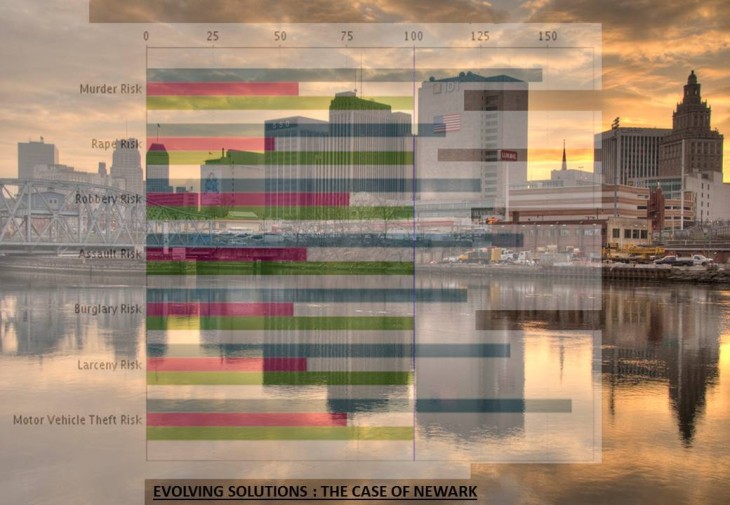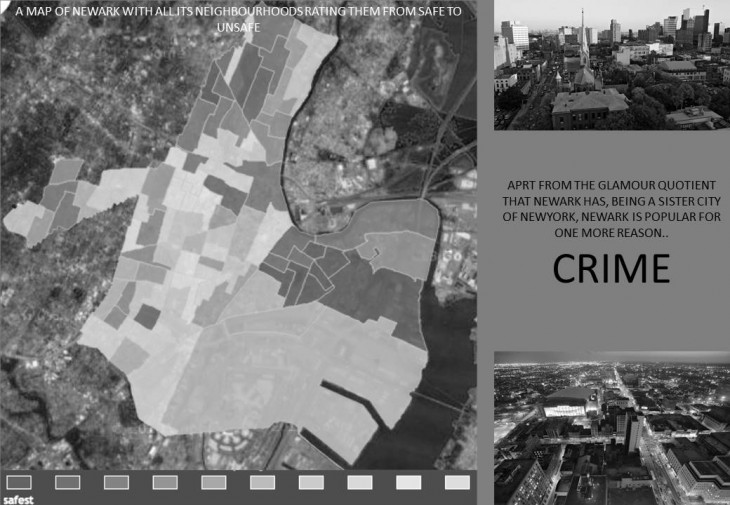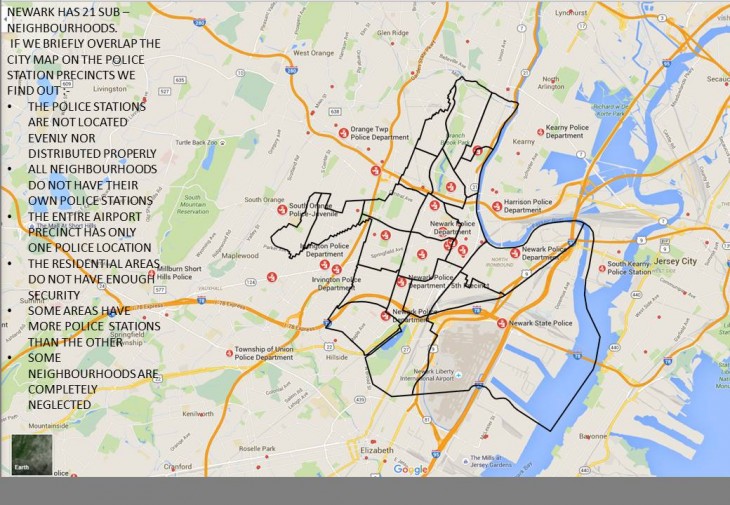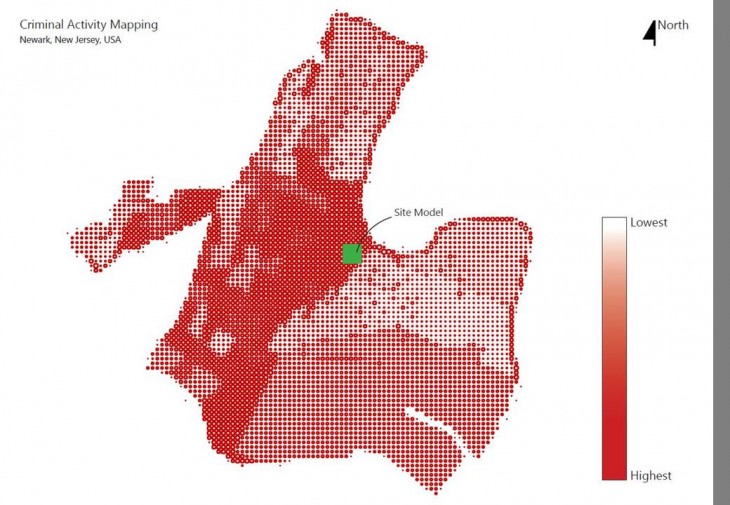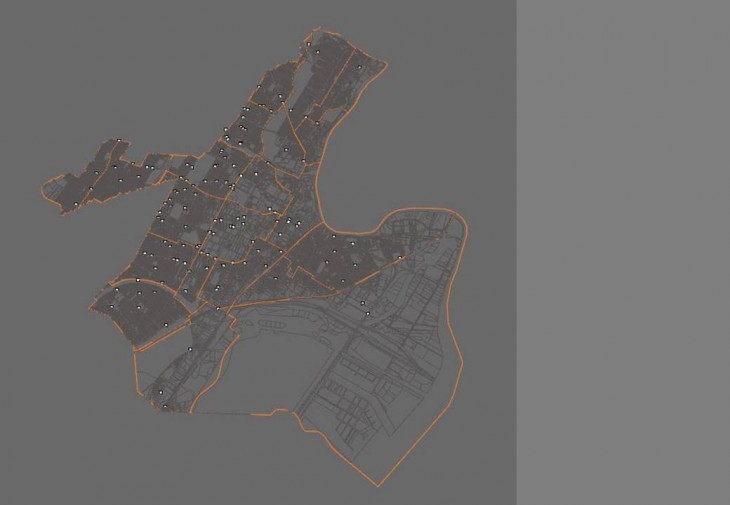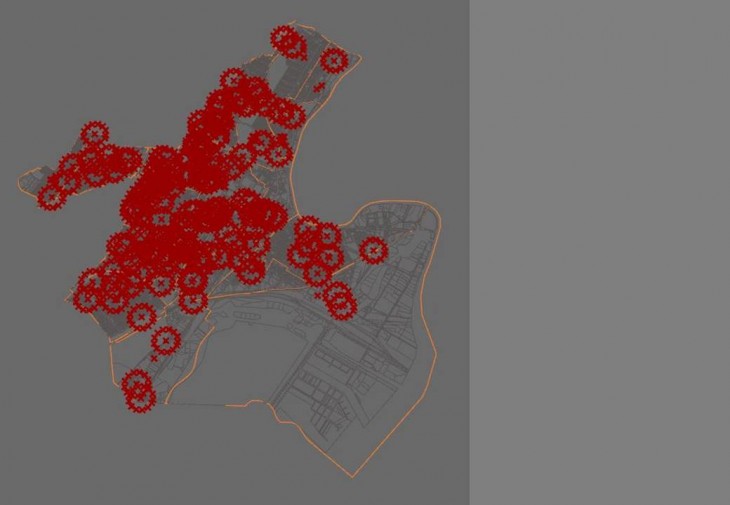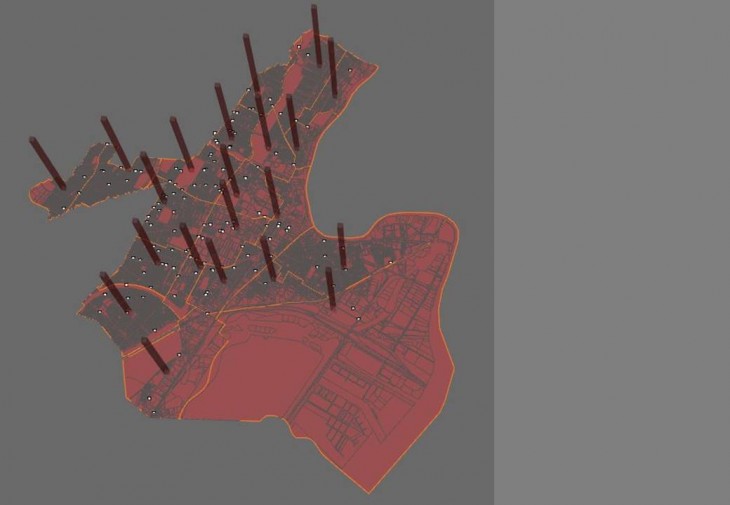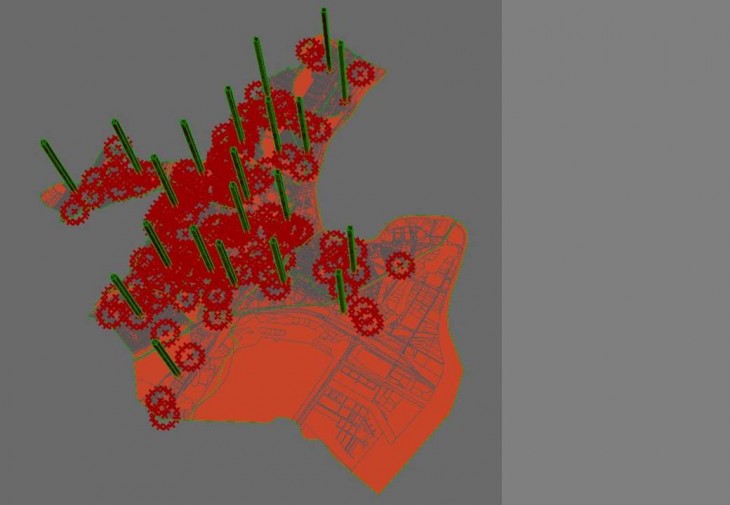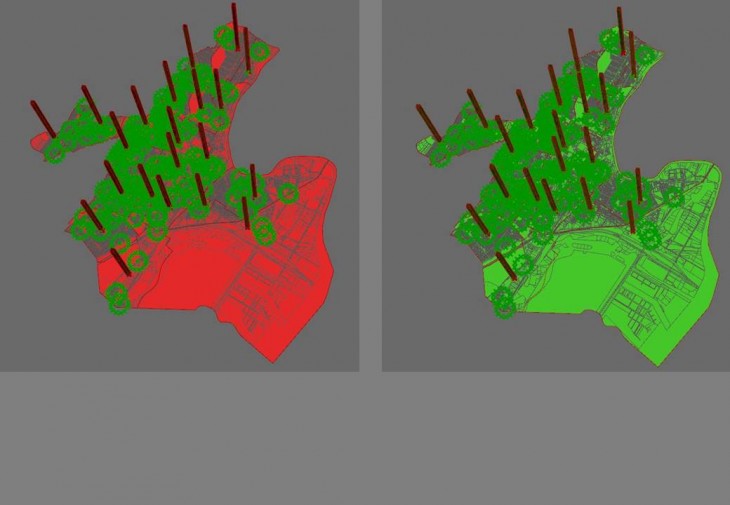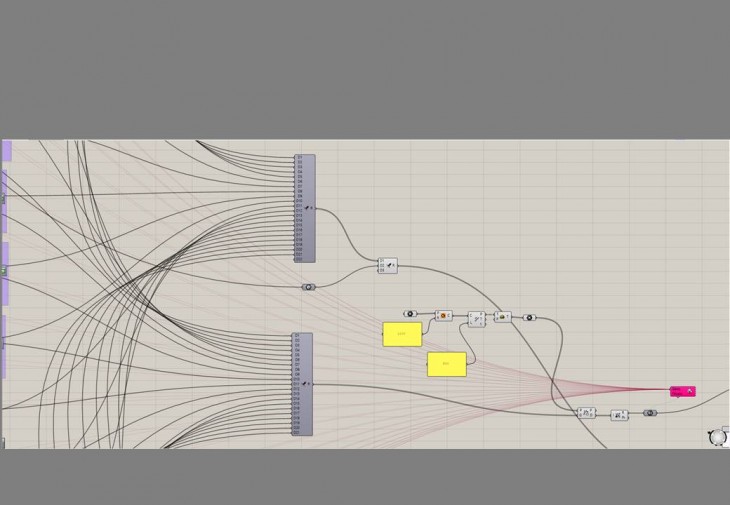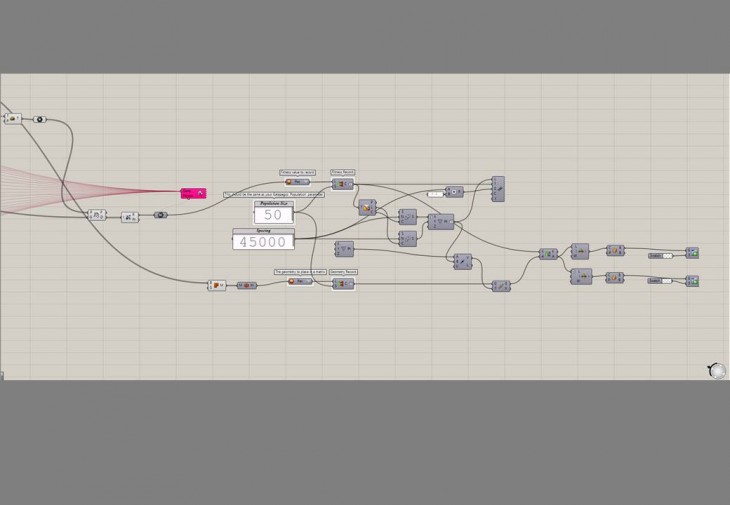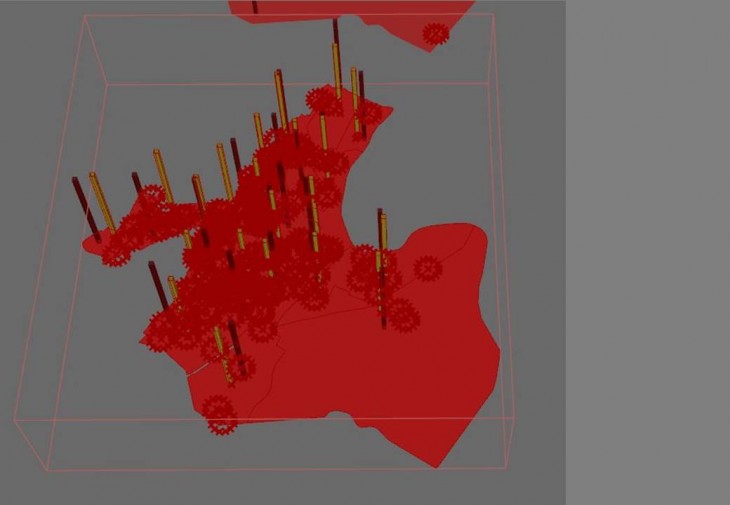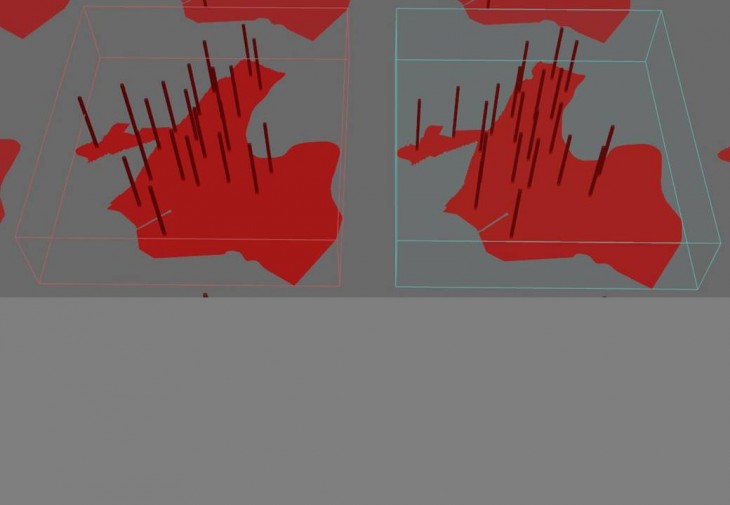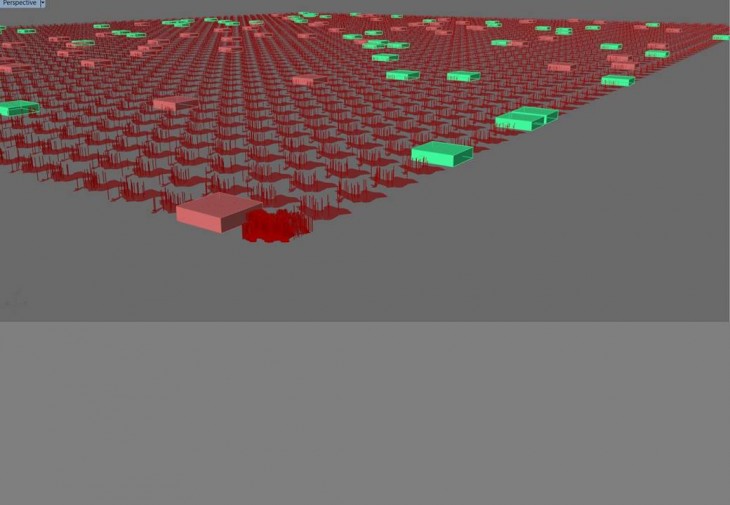This Assignment focuses on Crime reduction through data and making the neighborhoods safer again. A handful of streets in New Jersey’s largest city boast glistening apartment towers with floor-to-ceiling views of the Manhattan skyline, but much of the rest of Newark bears the scars of stubbornly high crime rates and persistent poverty.
The complexities of life in Newark are reflected in graffiti, boarded-up houses and shattered car windows. Little more than 10 miles from New York City, Newark has one of the highest murder rates in the United States, according to Federal Bureau of Investigation statistics, and one in four residents live in poverty.
Once a bustling port and manufacturing center, Newark’s social fabric was torn apart by violent riots in 1967. There followed decades of suburban white flight and political corruption.
In 2010, Newark recorded 90 homicides. March 2010 was the first calendar month since 1966 in which the city did not record a homicide. Overall, there was a 6% increase in crime numbers over the previous year, including a rise in carjackings for the third straight year, with the 337 incidents raising concerns that the city was returning to its status as the “car theft capital of the world”. Along with the increase in crime, the Newark Police Department increased its recovery of illegally owned guns in 2011 to 696, up from 278 in 2010. The Federal Bureau of Investigation recorded 94 homicides in 2011 and 95 in 2012. In 2012 CNNMoney ranked Newark as the 6th most dangerous city in the United States based on numbers by FBI Crime in the United States 2011 report. The city had 10 murders in 10 days during the period ending September 6, 2013, a statistic largely attributed to the reduction of the police force. In 2013 Newark recorded 111 homicides, the first year ending in triple digits in seven years and the highest tally since 1990 and accounting for 27% of all murders statewide. In 2014, the total number of homicides in Newark was 93, while Essex County as a whole had 117 murders. The Star-Ledger reported that there were 105 homicides in the city in 2015
The following visualization is based on relocating police stations throughout the city in terms of crime accumulation. Through grasshopper + galapagos, all the police stations in Newark were relocated in order to reduce criminal incidences
